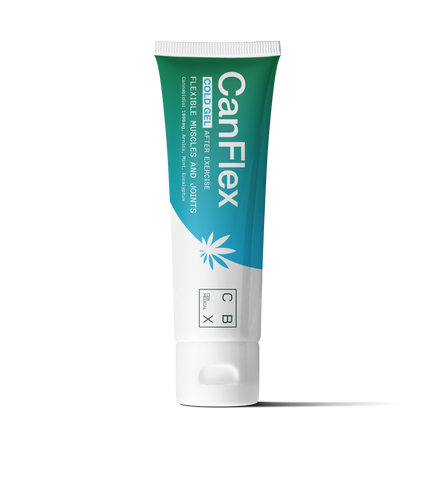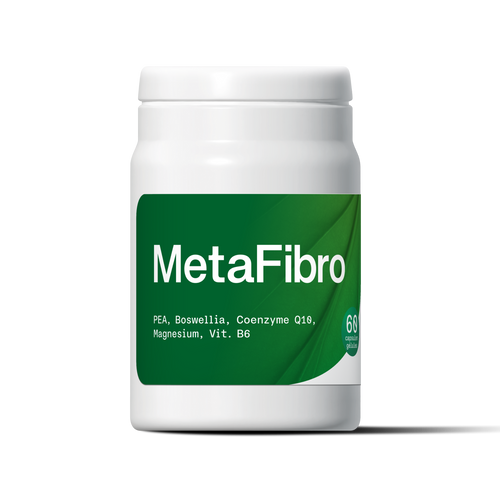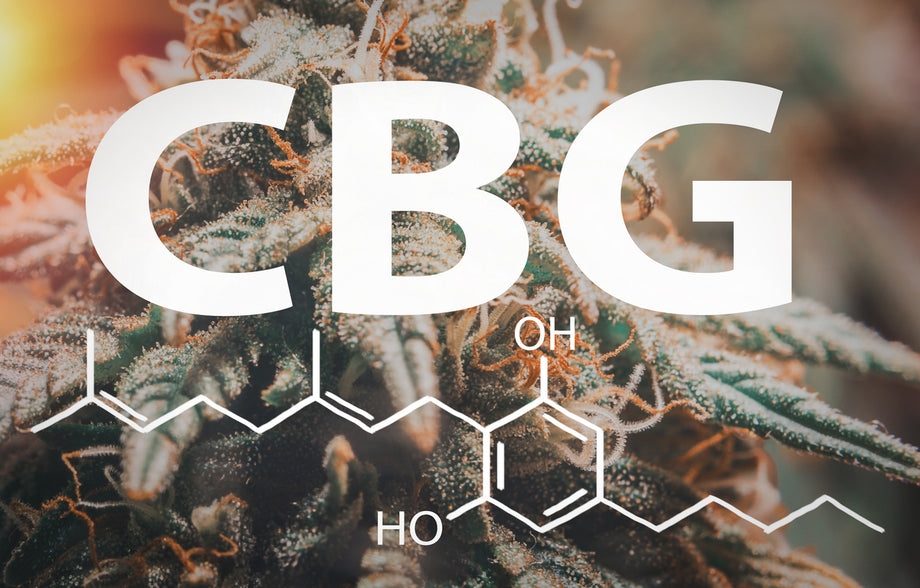The hemp plant has more cannabinoids than the famous THC and CBD . Indeed, the cannabinoid family also includes cannabigerol or CBG. If researchers focus more on this element than on the 140 others, it is because it is the precursor of other cannabinoids. In addition, its properties would be more powerful than those of the latter. Especially since it is not psychotropic.
What is cannabigerol?
CBG is a cannabinoid that is found naturally in plants: we speak of a phytocannabinoid. Not to be confused with endocannabinoids which are produced by the body.
Cannabigerolic acid (acid form of CBG) is considered the “mother” of other cannabinoids. In other words, CBGA is responsible for the production of the three main branches of cannabinoids, THCA, CBDA and CBCA. Once these acidic cannabinoids are exposed to heat, they transform into THC , CBD or CBN, respectively. This transformation process is called decarboxylation.
Since CBGA is the precursor to other cannabinoids, it naturally attracts the interest of the scientific community.
What is the chemical structure of cannabigerol?
Before looking at the benefits of cannabigerol, looking at its chemical structure can help to better understand its effects.
Thus, like other cannabinoids, CBG appears as a hydrophobic lipid which is composed of a chain of 21 carbon atoms and an aromatic hydrocarbon ring. Its chemical formula is C21H32O2, different from the chemical formula shared by THC, CBC and CBD, namely C21H30O2.
Since cannabigerol has the same molecules as some cannabinoids, it exhibits roughly the same effects.
What are its possible benefits?
Since cannabigerol is the precursor of other cannabinoids, researchers assume that its benefits on the body are more marked.
Studies on the subject have proven that CBG activates the CB1 and CB2 receptors of the endocannabinoid system and affects the central nervous system of the human body.
Research carried out has shown that CBG:
- Has anti-inflammatory properties that may contribute to the relief of patients suffering from irritable bowel syndrome.
- May slow the development of certain forms of cancer. Cannabigerol is said to have anti-tumor capabilities and inhibit the growth of cancer cells.
- Used to treat glaucoma. In fact, the cannabis molecule would reduce intraocular pressure and improve the drainage of fluids from the eye.
- Has analgesic effects. The power of reducing persistent pain of CBG is said to be greater than that of THC.
- Reduces urinary problems by reducing bladder contractions.
- Protects the brain from possible injuries. According to a study published in the Journal of the American Society for Experimental NeuroTherapeutics, cannabigerol relieves the symptoms of Huntington's disease.
- Stimulates hunger, this is what a study carried out on rats suggests. In fact, they developed hyperphagia.
What is the difference between CBD and CBG?
Both CBD and CBG are isomers of THC and share the same molecular formula. What distinguishes them in the first place is their structure.
The second difference is that CBG is a parent molecule, that is to say it is used in the synthesis of other cannabinoids. As a result, cannabis plants contain little cannabigerol, generally below 1% in quantity. Hence its high price. Thus, to obtain a greater yield, breeders engage in genetic manipulation and crossbreeding.




